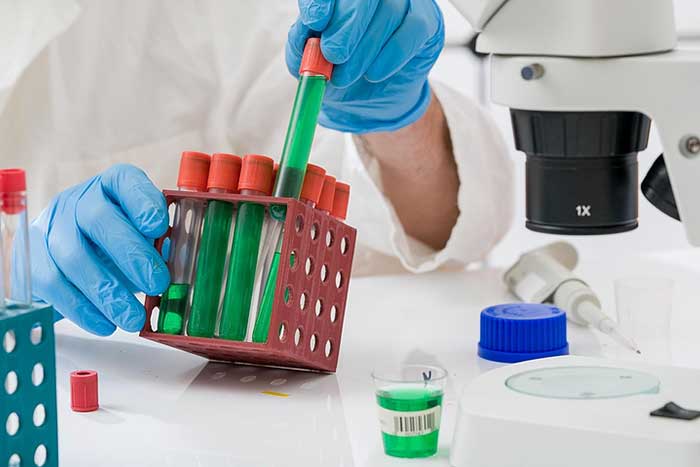Most of us have studied biology to some degree in our lives. Most schools provide basic biology lessons so we can all learn about cells, tissues, and plants.

Some of us are particularly interested in biology and choose to study it further. If you studied biology at college or university, you will have worked with live cultures of cells and bacteria on a regular basis in your practical laboratory sessions.
Many biology techniques and methods require you to store your samples at low temperatures. Some samples must be stored at sub-zero temperatures.
Those of you who have degrees in biology or biomedical science will already know the answer to why some samples must be stored in the fridge or freezer. If you’re unsure why this is the case, you’ve come to the right place!
In this article, we’re going to answer this question. We will discuss why you can’t just leave biological samples out on the laboratory countertop and why they must be stored in a fridge or freezer instead.
What Are Biological Samples?
There is a range of biological materials that can be studied in a laboratory, including cells, tissues, organs, blood vessels, and fluids.
Biological samples are made out of carbon-based molecules, proteins, and DNA. They can be broken down into their constituents for in-depth analysis.
Why Must Biological Samples Be Stored at Low Temperatures?
Because biospecimens are made out of proteins, they need to remain in a specific temperature range. When proteins are placed at temperatures that are too high, they can begin to unfold (or denature), and this can ruin the sample.
Storing samples at the correct temperature is vital for maintaining the integrity of the biological materials and their properties. When live samples are being used, it can also halt the continuation of metabolic processes in the cells or tissues, which is important when the samples are soon to be analyzed by the laboratory staff.
Another key reason why biological samples are kept at low temperatures is to reduce the risk of contamination. If samples are left out on the countertop at room temperature, the risk of microbial contamination increases because bacteria are able to grow and thrive in warm temperatures.
What is Used to Store Biological Samples at Low Temperatures?
Scientists are discovering new techniques that improve sample storage and preparation all the time. Currently, the most common method of keeping biological samples at a low temperature is freezing in large Twinguard freezers that maintain temperatures below 80 degrees Celsius.
Depending on the specific type of biological sample being stored, the optimal temperature might vary. Most biological labs have several freezers that are set at varying temperatures so multiple different samples can be prepared and analyzed at once by the biomedical scientists.
Another commonly-used technique is formalin-fixation paraffin-embedding (FFPE), which preserves the samples prior to examination and analysis. This is most often used in the research and development of drugs.
